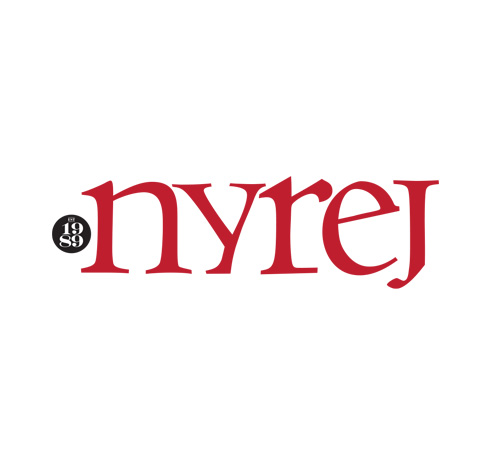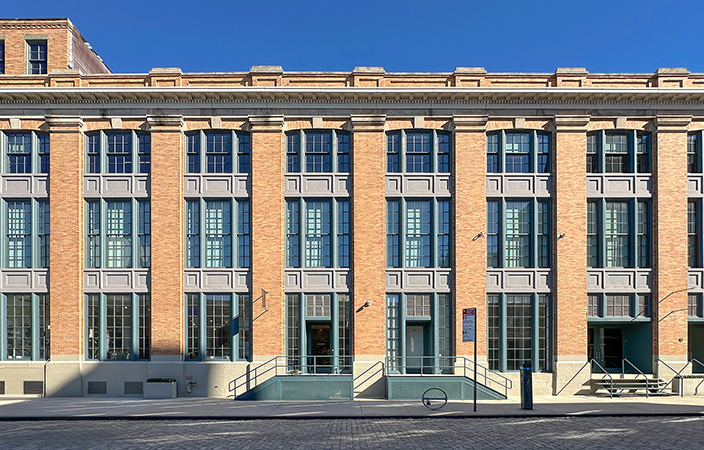A lawyer discusses the complications of building on the roof of a co-op building - by C. Jaye Berger
Many shareholders and would be shareholders look at space on the roof as an untapped resource - a new frontier for expansion. One party thinking of purchasing shares on the top floor of a townhouse, which includes the roof, was riveted to hear from me about what might be involved in undertaking such an expansion. He even commented that the “roof did not really seem to be used much at all.” People forget that the building’s mechanical equipment and other important items are up there, such as fire stairs and common space used by other shareholders. Therefore, what may look like easy space to expand on to, may be complicated space, which cannot so easily be built on.
Occasionally, certain shareholders have a special right from the sponsor they bought from, to build on the roof. In one case, only the party buying a penthouse from the sponsor could build on the roof and expand their apartment. That did not mean that there was no cost associated with this right. It just meant that only that shareholder could even “try” to do so.

Offices of C. Jaye Berger
In order to expand on the roof in that case, the shareholder had to purchase additional shares like anyone else would need to who wants to purchase more space. The space had to be appraised to determine the purchase price and how many additional shares would need to be purchased. As you could imagine, just choosing a mutually agreeable appraiser was a complicated task.
The selection process, as well as other aspects of the purchase of shares and building process had to be part of a written agreement with the co-op building. Not only was the co-op building itself involved, but the lender for the building also had to approve the purchase of the additional shares and the renovation, as did the shareholder’s mortgage bank.
Another shareholder asked me about his roof rights. The sponsor had “thrown it into the deal” when he purchased his unit in a condominium, but he had no idea of what to do to “monetize” it. The provision in the declaration did not allow the unit owner himself, who did not live under the roof, to build on the roof. Instead, it was something he could sell at some point in the future, to a developer wanting to build next door.
Purchasers should be careful before buying roof top space to understand what the situation is that they are buying into. Some sponsors use the roof space to entice people into buying penthouse units. In one building, the offering plan said penthouse shareholders would each have decks and be allowed to put fences around them. It gave a rough, not-to-scale diagram. The shareholders analyzed this diagram as though it gave a metes and bounds description of land they had a deed to, which was not the case. Exactly how much space could be exclusively used by each shareholder became controversial. When the co-op needed to renovate the roof and take down the decks and put them back up again later on, it became even more controversial, with shareholders arguing that inches of their deck areas had been “taken away” from them.
The first place anyone would look is in the proprietary lease and offering plan for a co-op or the declaration for a condominium. There may also be NYC building department and zoning records which need to be examined. It is not unusual for a co-op offering plan to say that shareholders have the “right” to exclusive use of the roof; however, the co-op building still owns and maintains it. When the co-op needs to have renovation work done on the roof, the co-op can ask those shareholders to remove their decks and their planters with trees and to reinstall them when the project is complete, usually at their own expense.
Be wary of anyone selling a condominium unit with “partial” or “possible roof rights. In one situation, a sponsor said the shareholder had roof rights and a closing occurred. When that shareholder advertised to sell his apartment and said it had “roof rights,” the board forced him to take the ad down claiming he did not have roof rights. It turns out that the sponsor put a clause about roof rights in some of the proprietary leases and not in others. Several shareholders had purchased “in reliance” on having such rights. The board voted not to allow anyone to build on the roof, making the likelihood of a lawsuit to establish everyone’s rights very high indeed.
There can be extensive negotiations concerning alteration agreements and provisions such as indemnification of the building and insurance. These issues must be reviewed by a team of people, including an architect, an engineer, an appraiser and a knowledgeable attorney. Taking part of the roof often requires the purchaser to take responsibility for maintaining that portion of the roof. There may be structural and logistical issues which need to be considered, such as the need for cranes, scaffolding and sidewalk bridges that may remain in place for an extended period of time and inconvenience to other residents of the building.
Consult with an experienced attorney in this area before making a purchase or undertaking any renovation work.
C. Jaye Berger, Esq., is the principal of The Law Offices C. Jaye Berger, New York, N.Y.
SABRE coordinates sale of six properties totaling 199,845 s/f


Lower interest rates and more loan restructuring can help negate any negative trending of NOI on some CRE projects - by Michael Zysman

Lasting effects of eminent domain on commercial development - by Sebastian Jablonski

Behind the post: Why reels, stories, and shorts work for CRE (and how to use them) - by Kimberly Zar Bloorian








.jpg)

.gif)